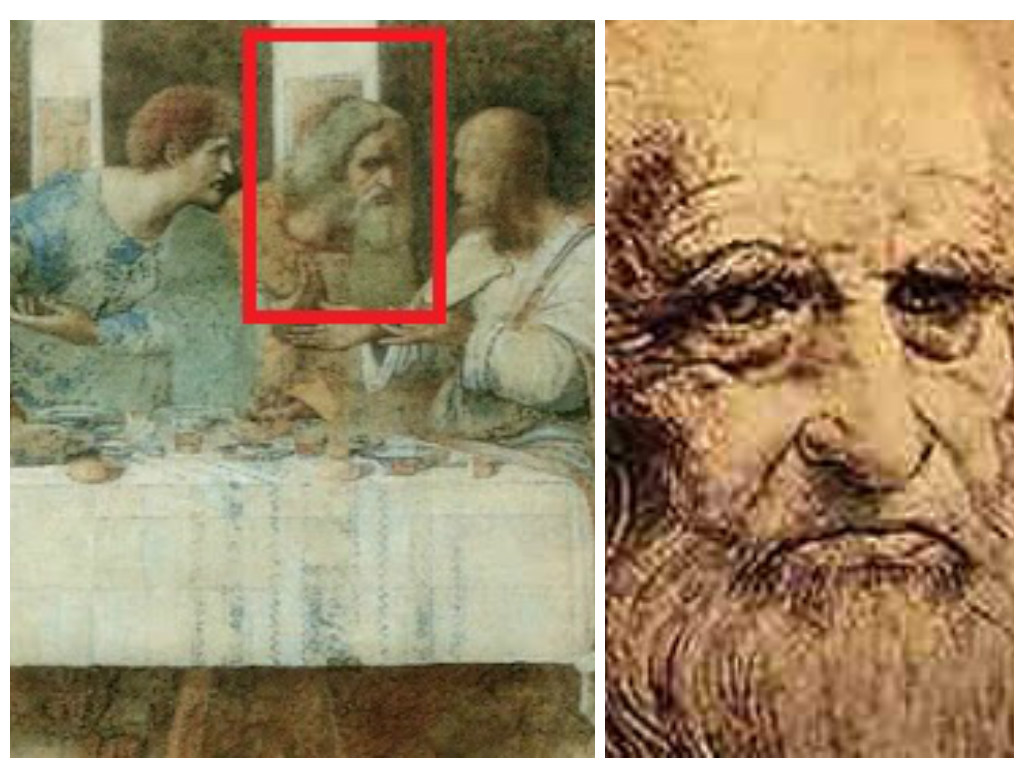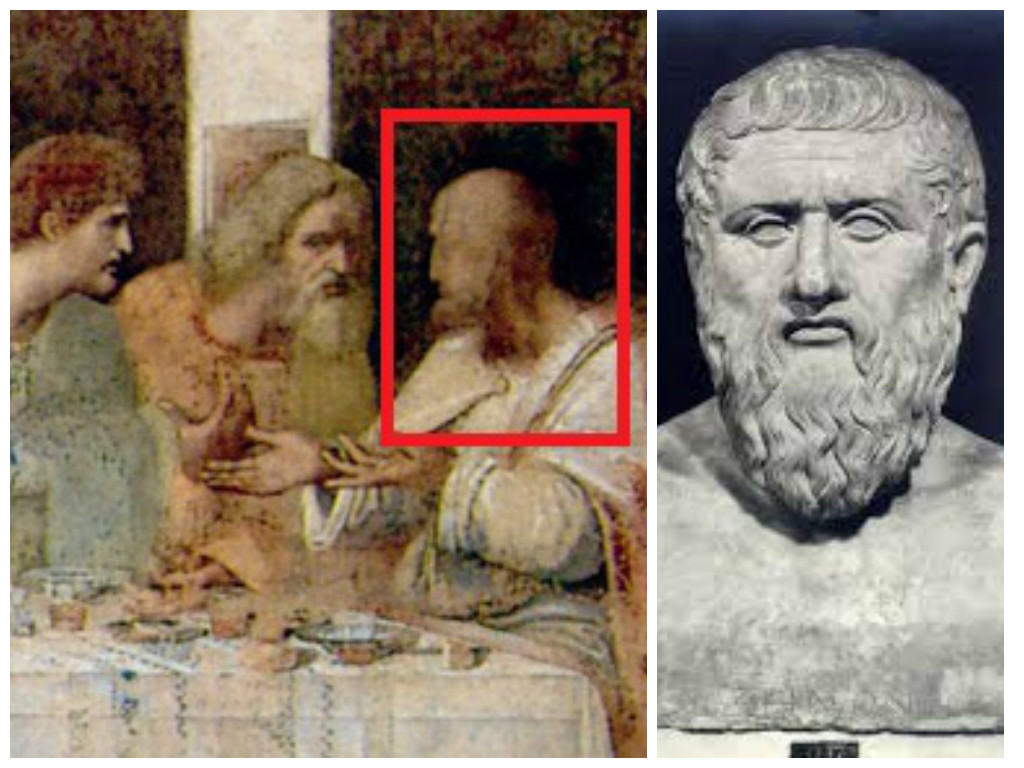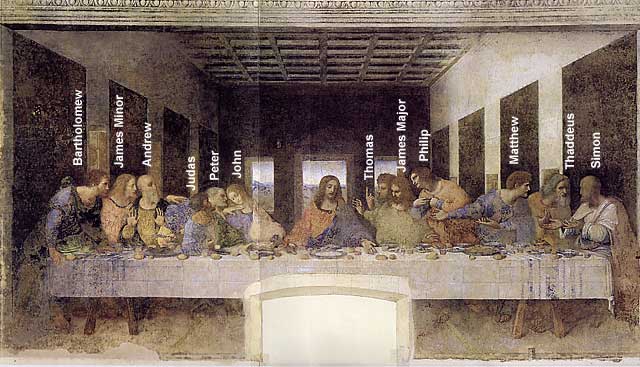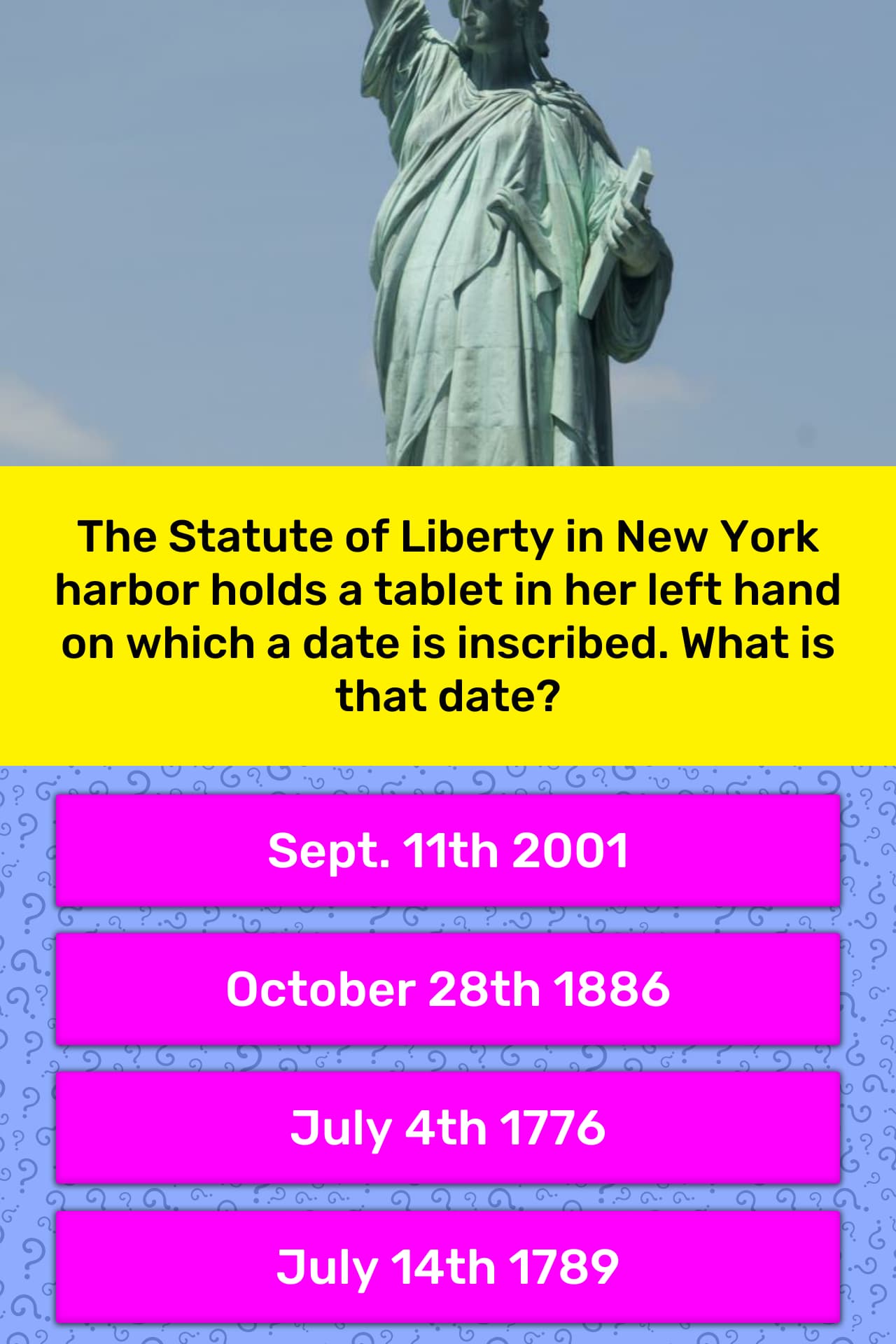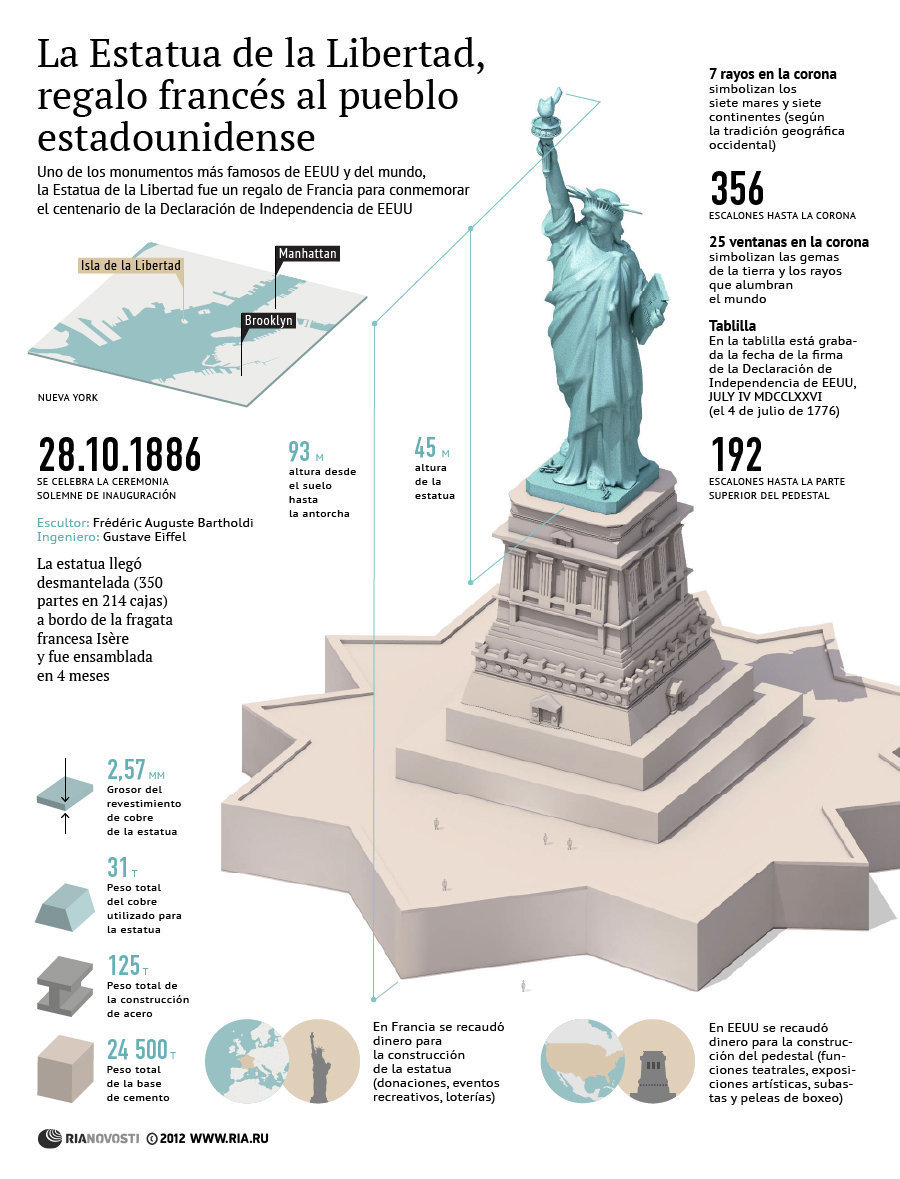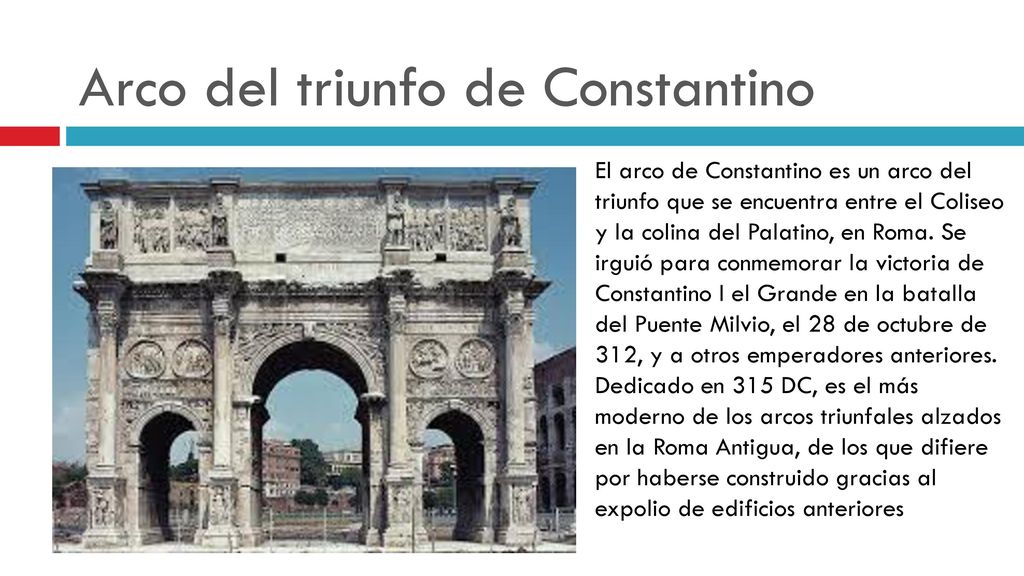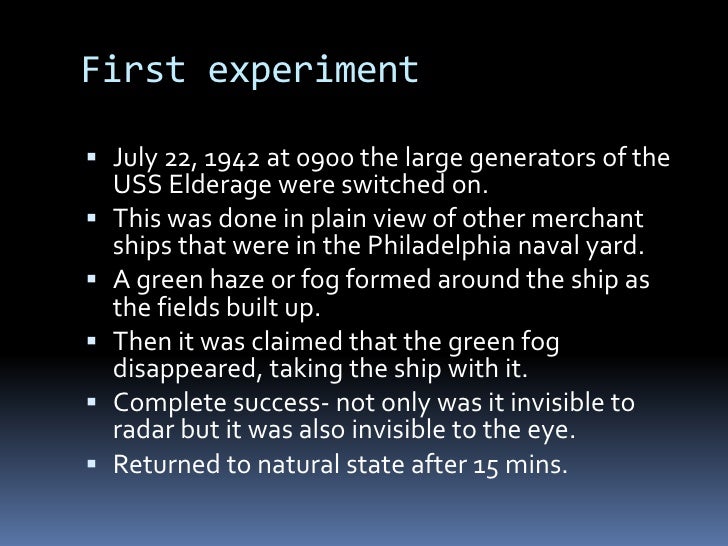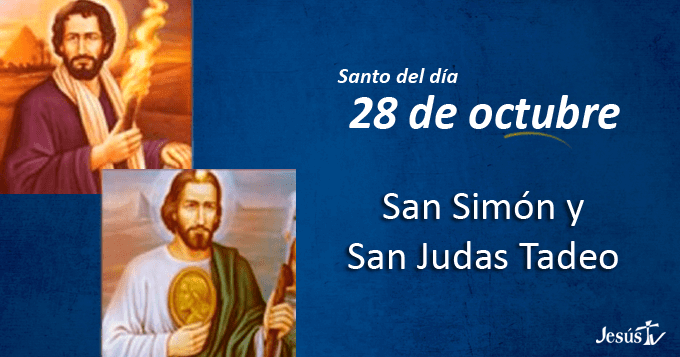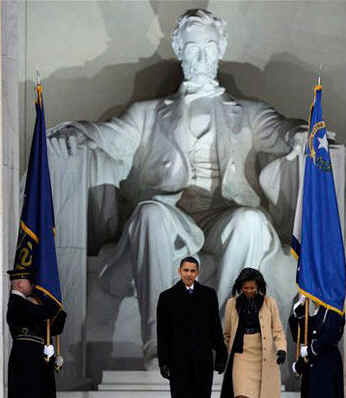El despertador de bronce colocado en el salpicadero del DeLorean por Doc.
- Los relojes eran el objeto de colección favorito de Doc Brown. Tenía de todo, desde relojes de cuco hasta modelos digitales, y todos estaban en perfecta sincronía con los demás. La presencia de tantos relojes no era casual. El tiempo era el último, y quizás el último, interés dominante de Doc Brown .
- —De Regreso al futuro de George Gipe (cita, página 26)
- Él [ Marty ] estaba a medio camino del banco de trabajo donde Doc guardaba su equipo de video cuando una cacofonía repentina lo sobresaltó a su pesar. Ajustados con precisión, todos los relojes con forma de anunciar la hora sonaron a la vez: campanadas musicales, sonidos de cuco, pitidos digitales. Durante diez segundos, Marty se quedó quieto, escuchando hasta que se apagó el último presagio de la hora. Una sonrisa se dibujó en su rostro, pues nunca se cansaba de escuchar esta extraña sinfonía arreglada y orquestada por el cronometrador más fanático del mundo, Doc Brown. / "Debe ser la una", dijo Marty en voz baja. Y en efecto, lo era .
- —De Regreso al futuro de George Gipe (cita, páginas 44 y 45)
- " Tenemos unos diez minutos de espera", dijo Marty, mirando el reloj del pasillo [de la preparatoria Hill Valley ] . / "Diez segundos de retraso", murmuró Brown, comparándolo con su reloj de bolsillo. "Uno pensaría que una escuela pública al menos tendría la hora correcta" .
- —De Regreso al futuro de George Gipe (cita, página 141)
Los relojes fueron el foco principal de los estudios del Dr. Emmett Brown sobre viajes en el tiempo y física.
Contenido
Apariciones notables
Doc tenía casi treinta relojes sincronizados en su residencia en 1985. Debido a un experimento de retardo , todos menos uno se atrasaron 25 minutos. [ 1 ] Doc también usó dos cronómetros sincronizados con pantalla LED durante el primer desplazamiento temporal del mundo . Estos estaban configurados para mostrar solo la hora y los minutos, en lugar de funcionar como cronómetro. [ 2 ] Doc conservó un cronómetro mientras que el otro colgaba del cuello de Einstein. Si bien los dos relojes estaban completamente sincronizados antes del viaje, el reloj de Einstein se atrasó exactamente un minuto después.
El reloj del Palacio de Justicia de Hill Valley se convirtió en la clave para el regreso de Marty a 1985, porque registraba la hora y el lugar en el que caería un rayo, así como la fuente de energía suficiente para alimentar los circuitos del tiempo de la máquina del tiempo DeLorean hasta 1985 después de ser alcanzado por un rayo .
La fascinación de Doc por los relojes lo llevó, indirectamente, a descubrir cómo viajar en el tiempo. Como le contó Doc a Marty en 1985, estaba "de pie en el borde del inodoro, colgando un reloj" cuando resbaló y se golpeó la cabeza, despertando con una visión del condensador de flujo .
Marty llevaba un reloj de pulsera digital que nunca parecía funcionar, [ 3 ] aunque la alarma sonó en el Café de Lou . [ 4 ]
Doc colocó un despertador de latón en el tablero del DeLorean, que programó para que sonara cuando Marty llegara la hora de conducir hacia el rayo de la torre del reloj. En 1955, Doc llevaba tres relojes: uno en el dorso de la muñeca izquierda, otro en la parte delantera de la derecha y un reloj de bolsillo. En 1885 , Doc llevaba un reloj de bolsillo que Buford le pidió prestado para contar el tiempo que le tomaría a Marty para su duelo.
Los circuitos horarios del DeLorean tenían un reloj incorporado que registraba la hora local visitada y se ajustaba a cualquier nuevo período de tiempo ingresado.
Un reloj de cuco era parte de la máquina de desayuno automatizada de Doc en 1885, que comenzó a preparar el desayuno todas las mañanas a las 7:00 a. m.
reloj de 10 horas
En la secuencia inicial con los relojes, justo cuando aparece Christopher Lloyd en los créditos , al final del nombre aparece un reloj de 10 horas al fondo. Reaparece a la vista cuando se muestra " El Poder del Amor ", interpretada por Huey Lewis y The News . Este sistema de sincronización se utilizó oficialmente en Francia desde 1794 durante poco más de seis meses. Este reloj en particular tiene una característica única: funciona en sentido contrario a las agujas del reloj. Internet no permite encontrar ningún otro aparato similar.
Sin embargo, el reloj muestra la hora equivocada. Las 7:53 am hora estándar son las 3:28:48 hora decimal francesa, basada en el reloj de 10 horas al día; el reloj decimal muestra las 7:85 hora decimal (la manecilla de la hora está unos minutos adelantada), que son las 18:50:24 o 6:50:24 pm hora estándar.
| Esta página utiliza contenido de Wikipedia . El artículo original se publicó en Decimal time . La lista de autores se puede consultar en el historial de la página . Al igual que en Futurepedia , el texto de Wikipedia está disponible bajo la Licencia de Documentación Libre de GNU . |
Entre bastidores
Tema
Uno de los temas recurrentes en Regreso al Futuro era el avance de los relojes, ya fuera por el avance del minutero en un reloj analógico, el cambio de número en un reloj digital o el sonido de una campana o alarma al llegar la hora. Cuando se mostraba un reloj en la película, era probable que la hora cambiara pronto:
- El reloj de la radio en el dormitorio de Marty pasó de las 12:27 am a las 12:28 am un momento antes de que sonara el teléfono.
- El reloj en el centro comercial Twin Pines cambió de la 1:15 a. m. a la 1:16 a. m. cuando llegó Marty.
- Los cronómetros LED de Doc y Einstein avanzaron de 1:18 a 1:19 para demostrar que estaban sincronizados. Después del Experimento Temporal n.º 1 , Doc mostró su cronómetro avanzando de 1:21 a. m. a 1:22 a. m., mientras que el de Einstein seguía funcionando y con un minuto de retraso.
- El reloj del Palacio de Justicia de Hill Valley sonó a las 8:30 am cuando Marty entró en la ciudad.
- La campana del reloj del juzgado sonó a las 10:00 p. m., ahogando lo que Marty le estaba diciendo a Doc.
- El reloj del juzgado avanzó de 10:02 a 10:03 mientras Doc observaba.
- El minutero del reloj del juzgado avanzó de las 22:03 a las 22:04, un momento antes de que cayera el rayo.
- El reloj del Bank of America avanzó de la 1:23 am a la 1:24 am cuando Marty regresó a 1985.
- El reloj de la radio en el dormitorio de Marty adelantó de las 10:27 am a las 10:28 am, lo que provocó que la radio se encendiera.
- En un tema inverso, se puede ver a Marty moviendo los minutos hacia atrás en la hora de destino del DeLorean, de 1:35 am a 1:24 am.
- Como excepción a la temática, la cámara se centra en el despertador del dormitorio de George cuando Marty lo asusta para que invite a Lorraine a salir. Son las 1:22, pero nunca vemos que el reloj avance al minuto siguiente.
Rodaje
- Mientras filmaba la secuencia de apertura de Regreso al futuro con todos los relojes en el laboratorio del Doc Brown, el director Robert Zemeckis bromeó: "¡Espero que no piensen que es una película sobre relojes!" [ 5 ]
- Como señala Robert Gale en el comentario del DVD, la vista inicial de los relojes es uno de los varios homenajes a la película de 1960 La máquina del tiempo . Otras referencias se encuentran en los ruidos simultáneos de los relojes al dar las 8:00 (a. m. en Regreso al futuro , p. m. en La máquina del tiempo ) y los colores rojo, amarillo y verde de la pantalla del DeLorean.
- Hubo un error de continuidad en una escena de Regreso al Futuro, que se reutilizó en Regreso al Futuro II . Cuando Doc regresa del futuro a buscar a Marty, el despertador de latón falta en el tablero del DeLorean durante la toma rápida del coche chocando contra unos cubos de basura. El reloj permanece allí durante el resto de la escena y en todas las demás apariciones del tablero del DeLorean en las partes II y III .


